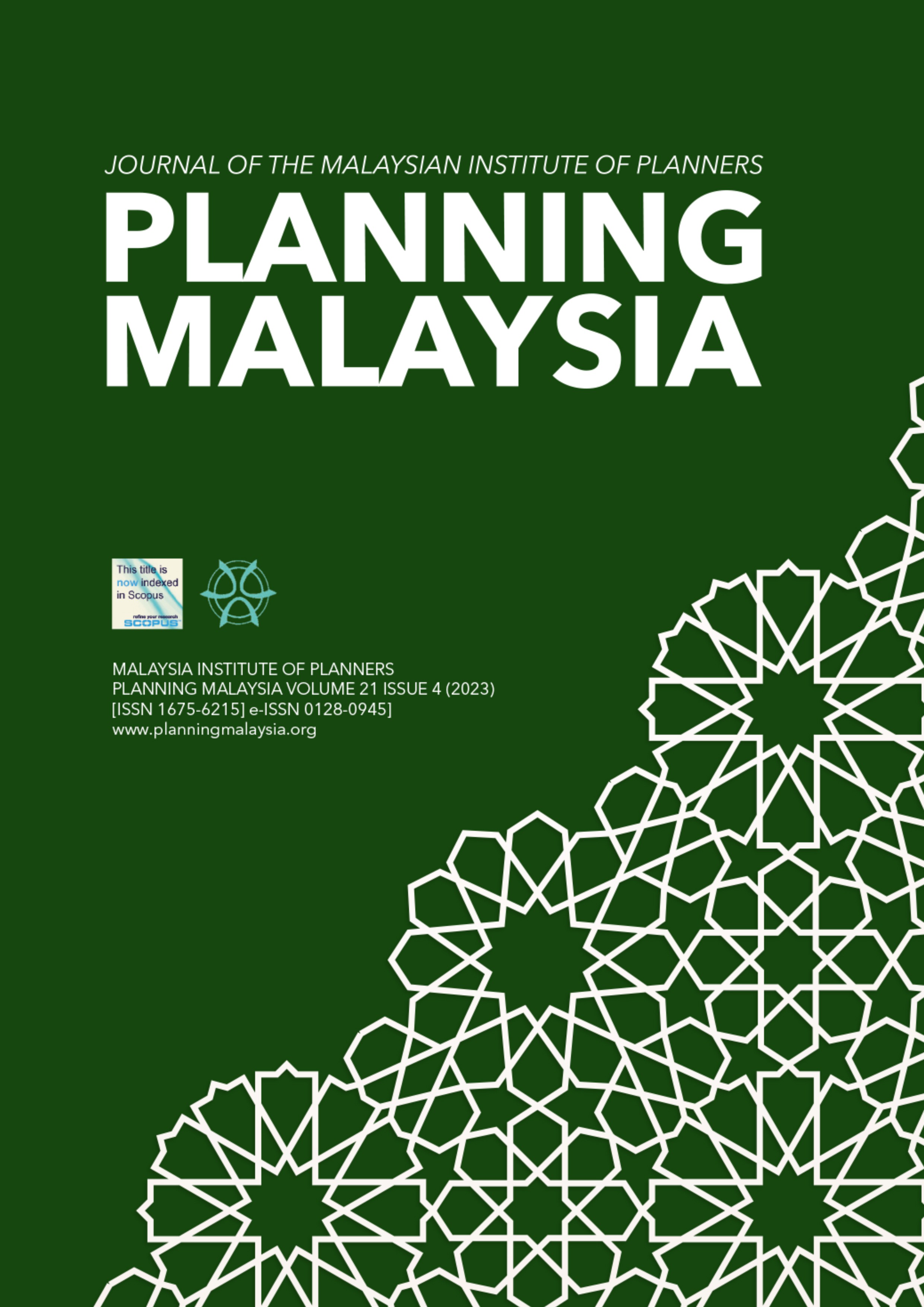DEVELOPMENT MODEL FOR VIRTUAL REALITY (VR) TOURISM IN RURAL AREAS: A GIS-BASED APPROACH
DOI:
https://doi.org/10.21837/pm.v21i28.1348Keywords:
Virtual Reality Tourism, Geographic Information System (GIS), Spatial Distribution Analysis, Tourism Products, Rural Areas, GIS DatabaseAbstract
This paper provides an overview of a development model for virtual reality (VR) tourism using Geographic Information System (GIS) data and spatial distribution analysis of potential tourism products. The study employs a mixed-methods approach, combining qualitative and quantitative data collection techniques. Qualitative methods, such as interviews and focus groups, gather insights from stakeholders, including tourists, local communities, and tourism industry professionals, regarding their perceptions, expectations, and preferences. Quantitative methods, such as surveys and data analysis, provide a comprehensive understanding of visitor demographics, preferences, and the economic impact of VR tourism. The findings of the study focus on identifying and analysing the components of tourism products and data information specifically within the rural area of the Perak Tengah District. Information about tourism products is collected and encoded into a GIS database. The introduction of a new classification system justifies the development model and outlines a detailed process for each stage of the framework's methodologies. The originality and value of this research used a mixed-methods approach to gather qualitative and quantitative data, illustrating the overview of VR tourism development using the GIS tool approach specifically for tourism products in rural areas.
Downloads
References
Arnold, E. (2005). Virtual Tourism in Cultural Heritage. Journal of Tourism and Cultural Change, 3(4), 261-274.
Department of Statistics Malaysia. (2020). Domestic Tourism Survey Malaysia. Retrieved from https://www.dosm.gov.my
Harun, N. S. (2018). Cultural Heritage as a New Tourist Attraction: A Study on The Potential of The Cultural Heritage in Malaysia. Proceedings of the International Conference on Tourism Development and Management, 23-25.
LENS.ORG. (2021). Scholarly Works. LENS.ORG. Retrieved from https://www.lens.org/lens/search/scholar/list?q=tourism%20virtual%20reality%20in%20malaysia&preview=true
Ministry of Health Malaysia. (2021). COVID-19 Updates. Retrieved from http://covid-19.moh.gov.my/
Ministry of Tourism, Arts and Culture Malaysia. (2020). Standard Operating Procedures for Tourism Activities during the Recovery Movement Control Order (RMCO).
PLANMalaysia@Perak (Jabatan Perancangan Bandar dan Desa Negeri Perak). (2020). Draf Rancangan Struktur Negeri Perak 2040. PLANMalaysia@Perak.
Schiopu, A. F., Hornoiu, R. I., Padurean, M. A., & Nica, A.M. (2021). Exploring The Facets of Virtual Reality Use in Tourism as a Result of the COVID-19 Pandemic. Telematics and Informatics, 60(101575), 1-20. https://doi.org/10.1016/j.tele.2021.101575 DOI: https://doi.org/10.1016/j.tele.2021.101575
Sharib, A. (2009). Online Virtual Malaysia Walkthrough (MAWA). Universiti Utara Malaysia. Retrieved from https://etd.uum.edu.my/id/eprint/1704
Yenganaidu, R. (2005). The Effectiveness of Virtual Reality in Tourism of Malaysia: An Empirical Study in The Northern Region. Universiti Utara Malaysia
Downloads
Published
How to Cite
Issue
Section
License

This work is licensed under a Creative Commons Attribution-NonCommercial-NoDerivatives 3.0 Unported License.
Copyright & Creative Commons Licence
eISSN: 0128-0945 © Year. The Authors. Published for Malaysia Institute of Planners. This is an open-access article under the CC BY-NC-ND license.
The authors hold the copyright without restrictions and also retain publishing rights without restrictions.


